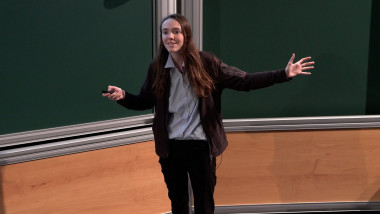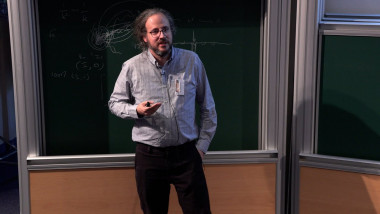
Deciding What Game to Play, What Mathematics Problem to Solve
By Katie Collins

Machine Learning in PDE: Discovering New, Unstable Solutions
By Javier Gómez-Serrano
Appears in collection : A Multiscale tour of Harmonic Analysis and Machine Learning - To Celebrate Stéphane Mallat's 60th birthday
Deep neural networks have a remarkable ability to improve the quality of reconstruction of biomedical images. While the results reported so far are extremely encouraging, serious reservations have been voiced pertaining to the stability of these tools and the extent to which we can trust their output. After providing an overview of the state-of-the-art, we describe iterative reconstruction schemes that rely on stable Lipschitz-constrained networks with learnable activation functions. We then identify some not-so-deep neuronal architectures that yield near state-of-the-art performance, while offering theoretical guarantees (convergence, consistency with the measurements, stability) that protect them against hallucinations. We also display a configuration that has a variational interpretation and whose components (filters and nonlinearities) are reminiscent of the wavelets and multiresolution decompositions introduced by Stéphane Mallat.
